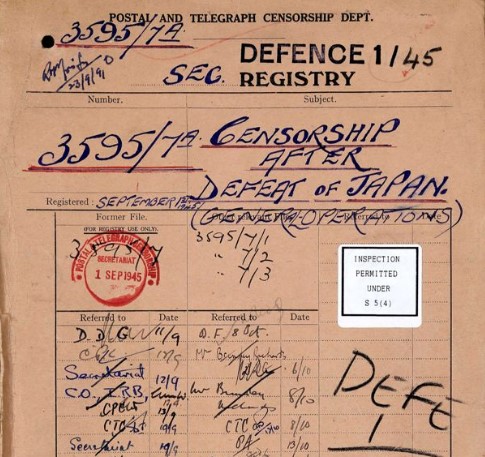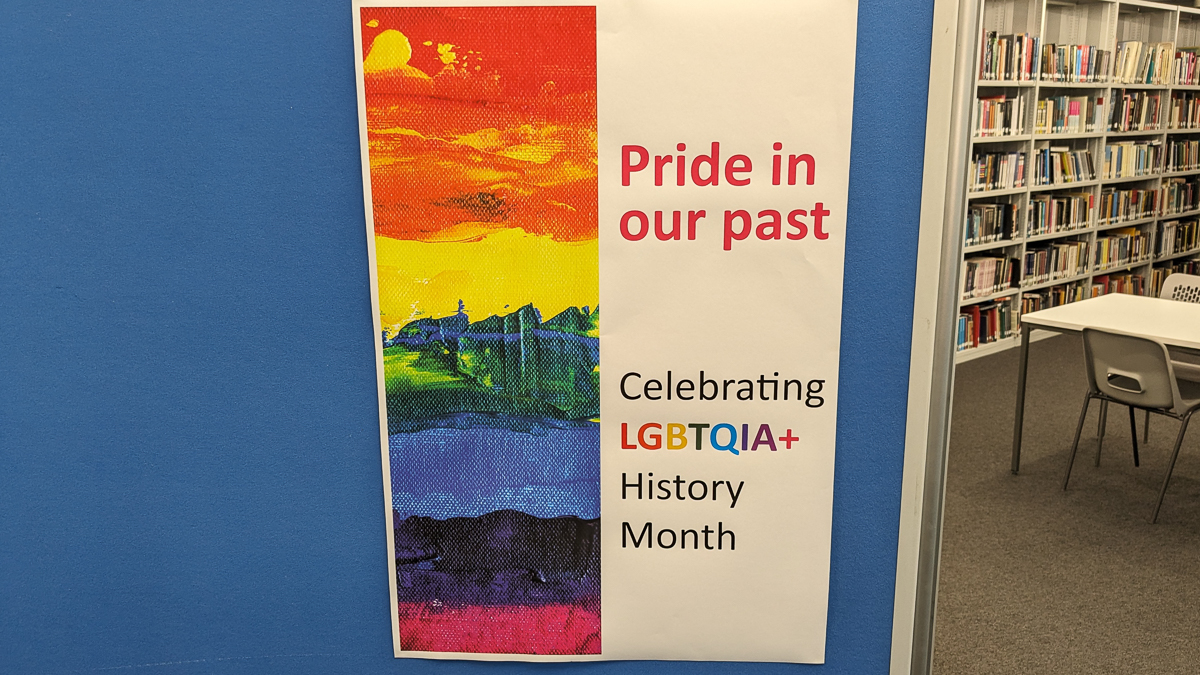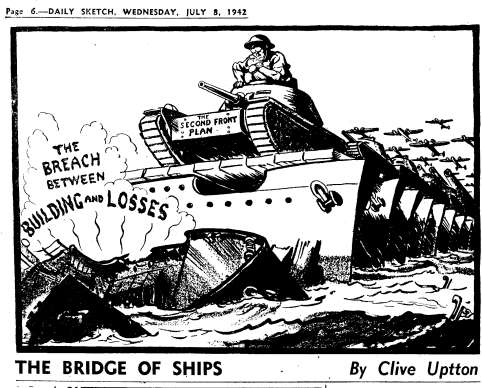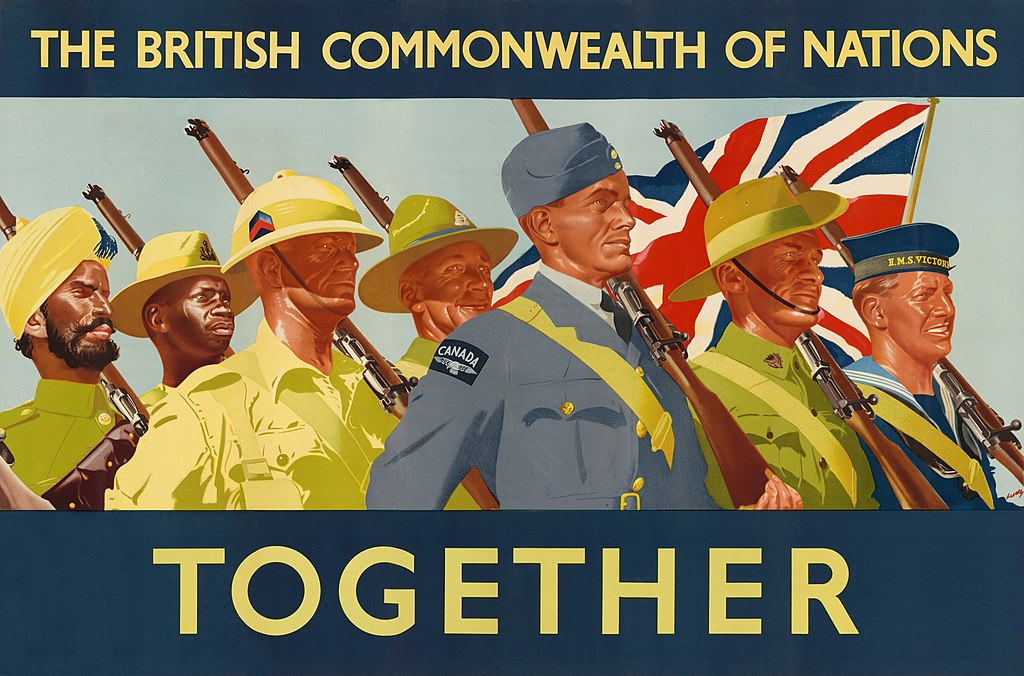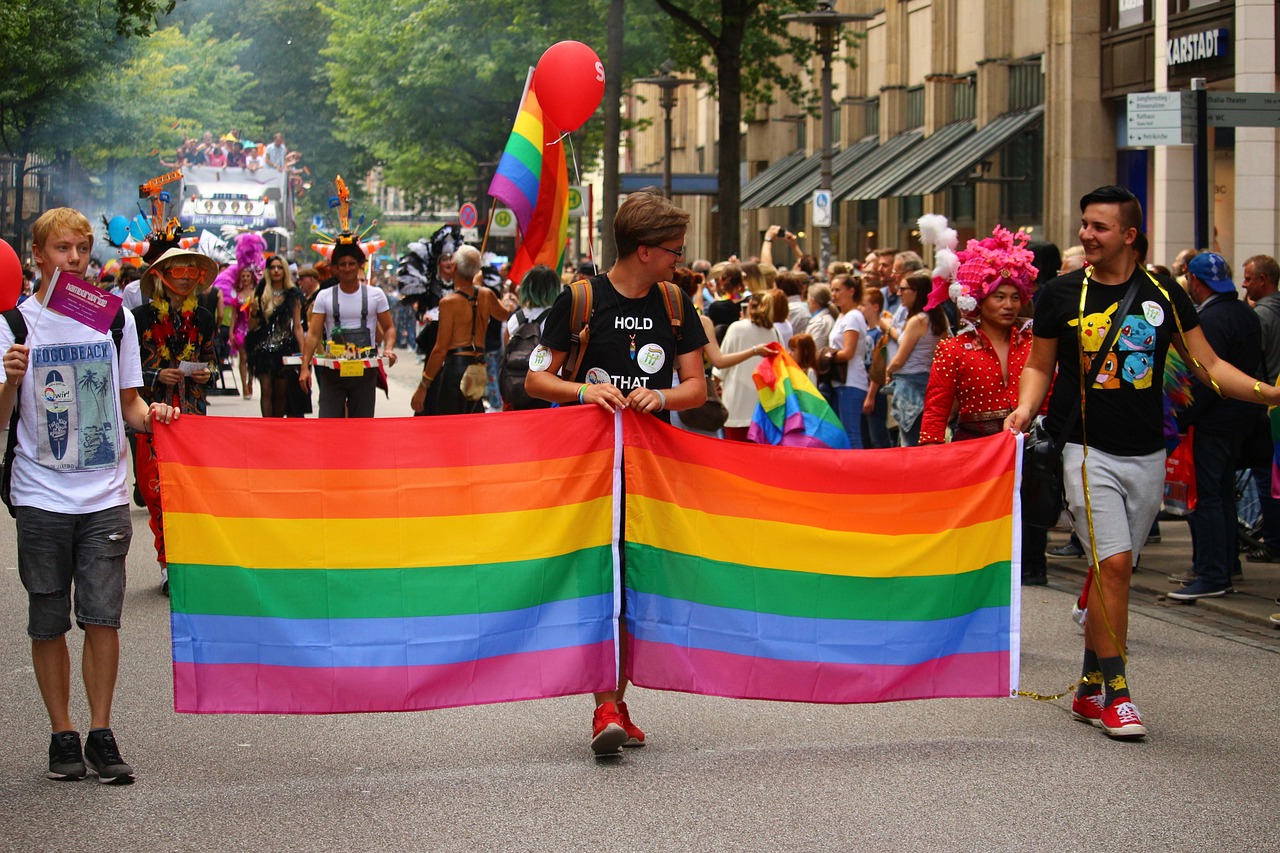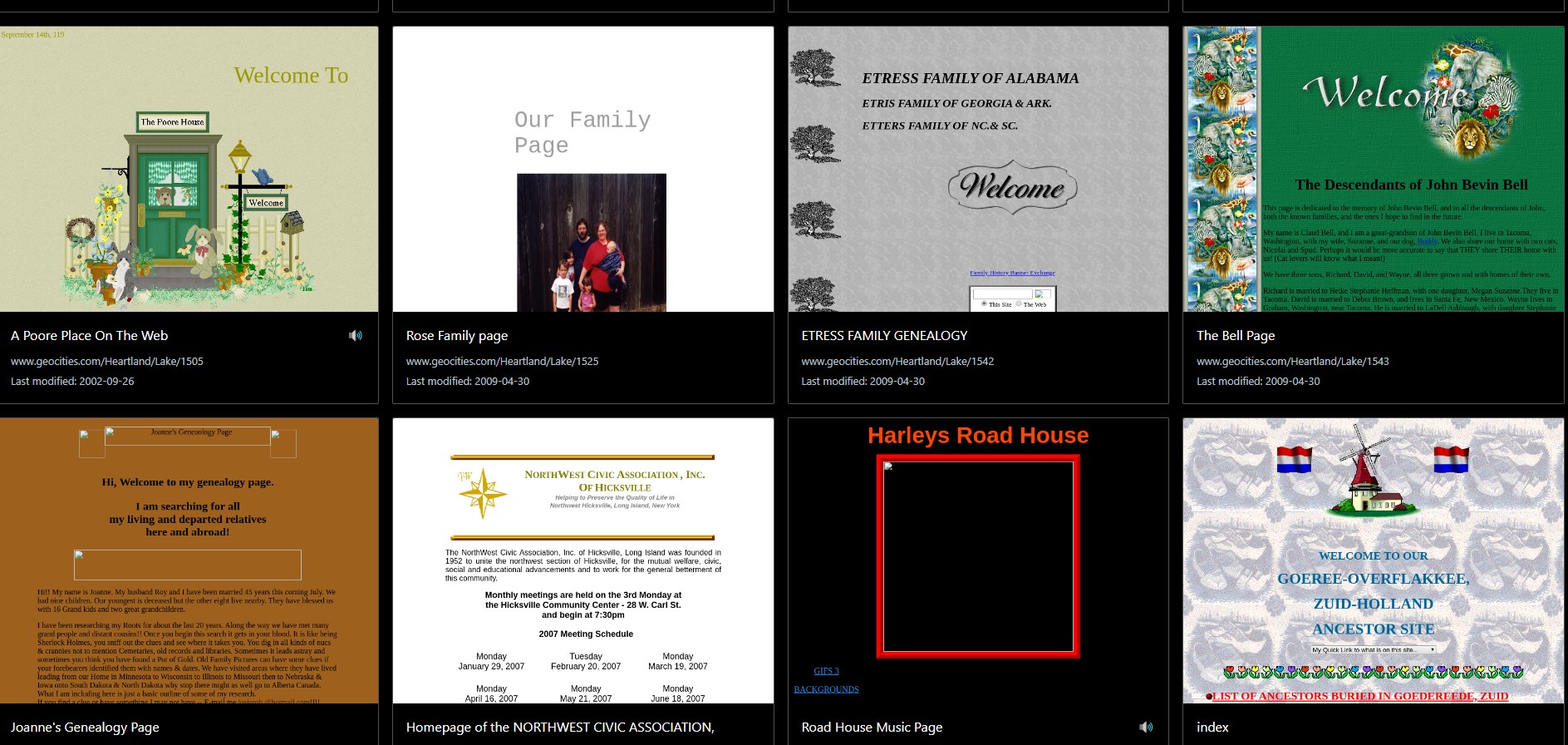In the world of government propaganda, nothing is ever as it seems. See how government messaging changed across the 20th century with this unique insight into what successive British governments wanted their citizens to know, think, and do with primary historical sources from our premium database British Government Information and Propaganda, 1939-2009.
From posters and stickers to pamphlets and guidance booklets, this fully searchable online archive provides a unique insight into what successive British governments wanted their citizens to know, think, and do, as well as how their methods and media of achieving their aims changed over time. It also reveals the image of Britain that different governments chose to project to the rest of the world.



